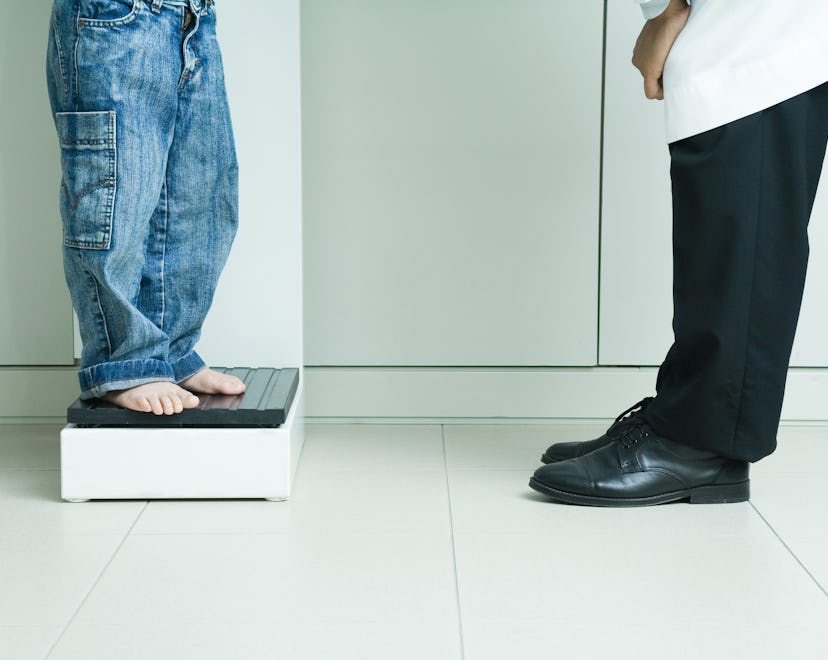Life

The AAP Releases Its First “Comprehensive” Guidance On Childhood Obesity
The guidelines replace those that have been in use since 2007.
On Jan. 9, for the first time in 15 years, the American Academy of Pediatrics (AAP) updated its guidance on obesity treatment in children over the age of 2, touting it as the Academy’s first “comprehensive” guidelines on the subject. “There is no evidence that ‘watchful waiting’ or delayed treatment is appropriate for children with obesity,” said Sandra Hassink, MD, vice chair of the Clinical Practice Guideline Subcommittee on Obesity and an author of the guideline in a statement. “The goal is to help patients make changes in lifestyle, behaviors or environment in a way that is sustainable and involves families in decision-making at every step of the way.” In addition to providing nutrition support and guidance on physical activity, the new guidelines also encourage — in some cases — behavioral therapy, medication, and metabolic and bariatric surgery.
The main pillar of the guidelines recommendation is intensive health behavior and lifestyle treatment (IHBLT), an approach that seeks to educate and support families in nutrition and physical activity changes to promote a healthy lifestyle. However, given that IHBLT is most effective when it is face-to-face with the whole family over the course of months, the AAP acknowledges the difficulties many families — who may lack funds or available hours — could face in pursuing this treatment.
A classification of “overweight” is defined as a body mass index (BMI) at or above the 85th percentile, and below the 95th percentile for children and teens of the same age and sex. “Obesity” is defined as a BMI at or above the 95th percentile for children and teens of the same age and sex. The guidance acknowledges the sensitivity of the subject of weight even in a healthcare setting, as well as the stigma and myriad factors outside of one’s control — including access to nutritious foods and spaces to play as well as genetics and structural racism — that can contribute to obesity.
These realities, the guidance says — the child’s health status, family system, community context, and resources — must be taken into consideration in treatment. “Our kids need the medical support, understanding and resources we can provide within a treatment plan that involves the whole family,” said Sarah Hampl, MD, a lead author of the guideline and chair of the Clinical Practice Guideline Subcommittee on Obesity. The Academy also calls for policy changes “within and beyond the health sector” that support access to obesity prevention, evaluation, and treatment.
The most dramatic suggestion, perhaps, is the AAP’s inclusion of recommending pharmacotherapy (aka weight loss medication such as Wegovy, which was recently approved for adolescents) to adolescents 12 and older “as an adjunct to health behavior and lifestyle treatment” and that teens older than 13 with a BMI more than 120% of the 95th percentile for their age and sex be evaluated for metabolic and bariatric surgery, a procedure often not covered by insurance.
When the AAP first began discussing bariatric surgery in teens in 2019, it raised concerns for the National Eating Disorder Association (NEDA), which released a statement noting that “research indicates that among people who have bariatric surgery, the prevalence rate of postoperative eating disorders is significantly higher than in the general population ... Issuing a position statement with organization- and profession-wide implications without knowing the risk related to postoperative eating disorders, when we know that eating disorders have the second highest mortality rate — second only to opioid use — of all mental health disorders, is deeply concerning.”
“This is a complex issue,” Hample said, “but there are multiple ways we can take steps to intervene now and help children and teens build the foundation for a long, healthy life.”
The AAP says that a statement regarding obesity prevention in children is forthcoming.
This article was originally published on